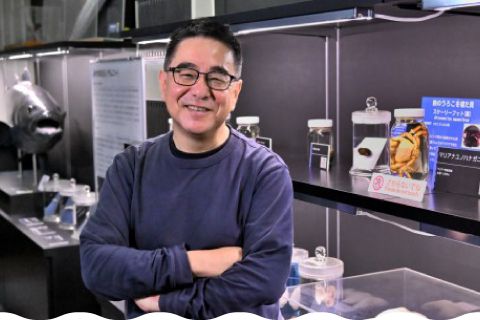
A. I grew up in Ashikaga, Tochigi Prefecture - far from the ocean. Still, my family ran a fresh fish shop, and my father loved fishing, so I gradually became fascinated with aquatic life. When it came time to choose a university in high school, I asked myself, “What am I truly interestead in the most?” What came to mind was the time I spent with aquatic life. That passion led me to enroll at Tokyo University of Fisheries (now Tokyo University of Marine Science and Technology). At university, I studied freshwater life, and I didn't know much about marine life at first. But everything changed when I joined a deep-sea fisheries survey off Greenland as a part-time research assistant in graduate school. Experiencing the incredibly rich and complex ecosystem of the deep sea made me realize how truly amazing marine life is. That sense of wonder completely shifted the course of my research - and continues to guide me to this day.
A. I didn’t initially set out to study deep-sea organisms. I just knew I wanted to work with aquatic life. Then one day, an opportunity came up at my university lab: "Would you like to go on a deep-sea survey aboard the human occupied deep-sea vehicle 'Shinkai 2000' with the Japan Marine Science and Technology Center (now JAMSTEC)?" That sparked something in me. I thought, “If I go to the deep sea, I might discover something completely new.” That sense of curiosity and adventure drew me to deep-sea life - and it’s what first made me aware of JAMSTEC.
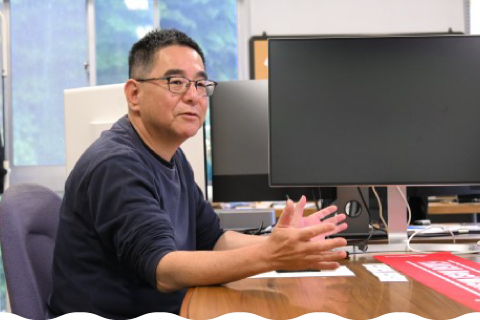
A. My work has focused on deep-sea biology. Based on that foundation, I’ve been involved in three major projects. First was the Census of Marine Life, a global initiative that ran from 2000 to 2010, where I participated as Japan’s liaison. The project aimed to investigate the past, present, and future of marine life around the world. Its legacy continues today as the Ocean Biodiversity Information System (OBIS), a comprehensive database supporting marine biodiversity research and informing policy and social issues globally. Second was the Tohoku Marine Science Project, launched after the Great East Japan Earthquake to support the recovery of fisheries by scientific aspects. Though JAMSTEC typically doesn’t focus on fisheries directly, we used our oceanographic expertise to provide useful, on-the-ground data to support the recovery. The third project addresses the growing problem of marine plastic pollution. In our many deep-sea surveys using deep-sea sumersibles, we consistently encountered garbage littering the seafloor. These field experiences prompted us to begin researching marine plastics - an issue we continue to tackle today.
A. The most difficult moment was the deep-sea survey conducted after the March 11, 2011 Great East Japan Earthquake. Immediately after the quake, the sea surface was covered in debris, making it hard to run the ship and severely limiting the surveys we could conduct. On dives with the human occupied deep-sea vehicle 'Shinkai 6500', clear visibility is crucial. But aftershocks kept stirring up sediment, and the water remained murky. Operating in such extreme conditions was honestly frightening. Normally we navigate about 2–3 meters above the seafloor, but we had to fly at 4–5 meters to avoid sudden landslides. We also reduced the weight load so we could quickly surface in case of emergency. We proceeded cautiously with the survey, taking every possible safety measure while aftershocks continued.

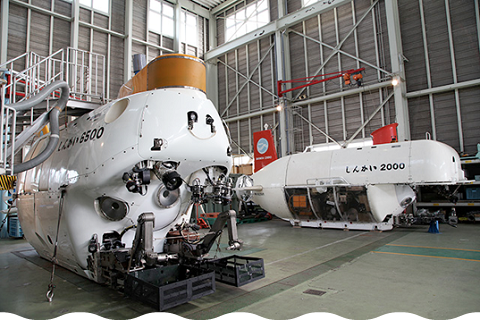
A. We’re currently focusing on three major research themes.
The first is “Research on Deep-Sea Biodiversity.” Our goal is to understand how deep-sea organisms are affected by environmental changes. We analyze biodiversity and change in species distribution using methods such as environmental DNA* analysis and direct observation and sampling of marine life. This includes monitoring and managing marine protected areas (MPAs). Under the SDGs Goal 14 and the Convention on Biological Diversity, there is an international target to conserve at least 10% of marine areas as MPAs by 2020. But simply designating these areas is not enough - ongoing management and monitoring are essential. To assess biodiversity and environmental changes in MPAs on Japan’s deep-sea floor, we conduct monitoring using environmental DNA analysis along with advanced technologies such as the human occupied research vehicle 'Shinkai 6500' and remotely operared vehicles (ROVs).
The second theme is “Understanding the Marine Plastic Problem.” Currently, science can only account for about 10% of all the plastic that has entered the ocean. That means roughly 90% of plastic waste - the so-called “missing plastic”- remains untracked. Our research involves tracing the path of this plastic and developing more efficient methods for analyzing microplastics.
The third is “Environmental Impact Assessment.”
As human activity in the ocean increases, such as through seabed resource development, concerns about environmental impact are growing. We are working on developing techniques to accurately assess how such developments affect marine environments.
* Environmental DNA (eDNA): DNA fragments found in the environment, originating from sources such as animal waste or mucus.

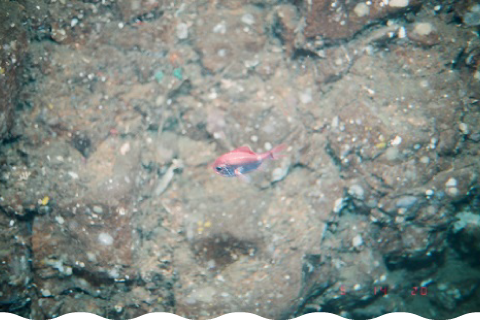
A. While I personally haven’t conducted surveys in those areas yet, we know that species like splendid alfonsino Beryx splendens and bonito Katsuwonus pelamis inhabit the surrounding waters. In 2023, under a Tokyo Metropolitan Government project, an environmental DNA survey conducted by Idea Consultants, Inc. near Okinotorishima islands detected large fish, slickhead Narcetes shonanmaruae. This deep-sea species is known as a top predator - sitting at the highest level of the food chain. The presence of a top predator like this is significant; it helps regulate the populations of other organisms, maintaining the balance of the ecosystem. That discovery suggests that the deep-sea environment around Okinotorishima islands still supports a healthy, functioning ecosystem.
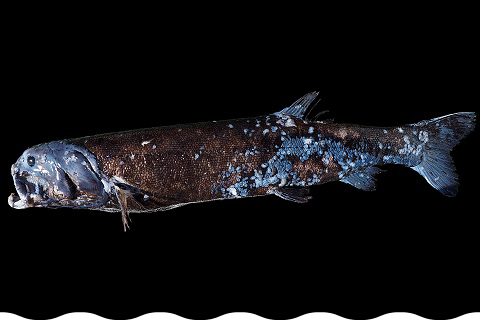
A. While surveys are being conducted by the Tokyo Metropolitan Government, both islands are extremely remote, and the reality is that comprehensive research is still lacking. When we try to register species information in databases, there often isn’t enough reliable data to input, which makes it difficult to accurately map species distribution. Scientific research in Okinotorishima islands and Minamitorishima island is costly, which presents another hurdle. That said, we hope to make use of data collected by other institutions and compile it into databases that support marine biology research and policy-making.



A. Issues like biodiversity loss and marine plastics still aren’t widely understood by the public. Researchers tend to stop at publishing papers, but we really need to go a step further- to communicate the significance of our findings to society at large. That’s the essence of outreach. When people become aware of how serious the marine plastic issue is, it can lead to real changes in behavior. The global movement to recycle plastic is one example. There’s a growing need for us to share scientific knowledge accurately and in ways that are easy to understand.
A. As a child, the ocean was a special and exciting place - somewhere I might get to visit once a year. Now, I feel we’ve come to take the ocean for granted and place too much burden on it without realizing. If this continues, we may lose the ability to benefit (ecosystem services) from it at all. That’s why I believe we must communicate the current state of the ocean to society, using science as our foundation, and work toward a balanced approach to ocean use and conservation.

A. Okinotorishima islands and Minamitorishima island are critical baselines for asserting Japan’s Exclusive Economic Zone (EEZ). For these islands to gain broader recognition, they must be properly managed. Management doesn’t only mean patrolling or enforcing rules - it also includes knowing what kinds of life inhabit the area and how the environment is changing. Though these islands may seem far removed from everyday life in Tokyo, they are part of the Tokyo Metropolis. If Tokyo residents could feel even a small sense of connection to these places, I’d be very happy. And to that end, we’re committed to doing everything we can to support those efforts.